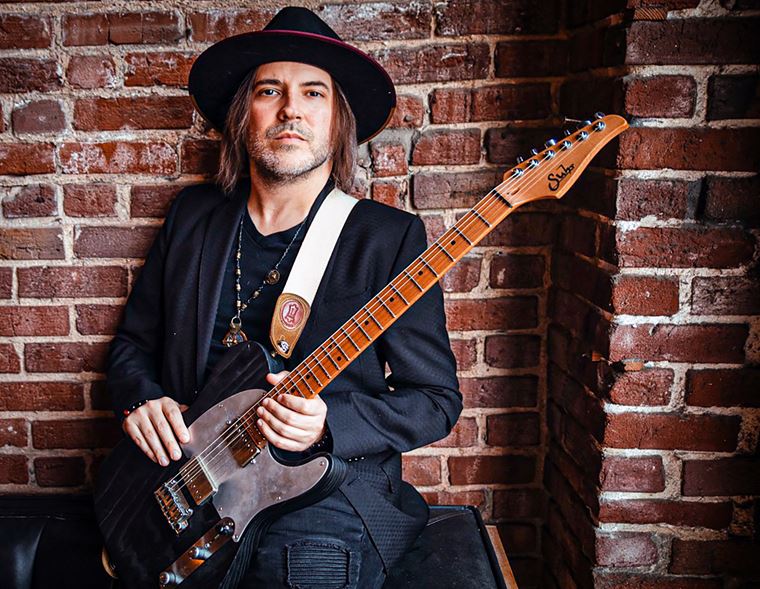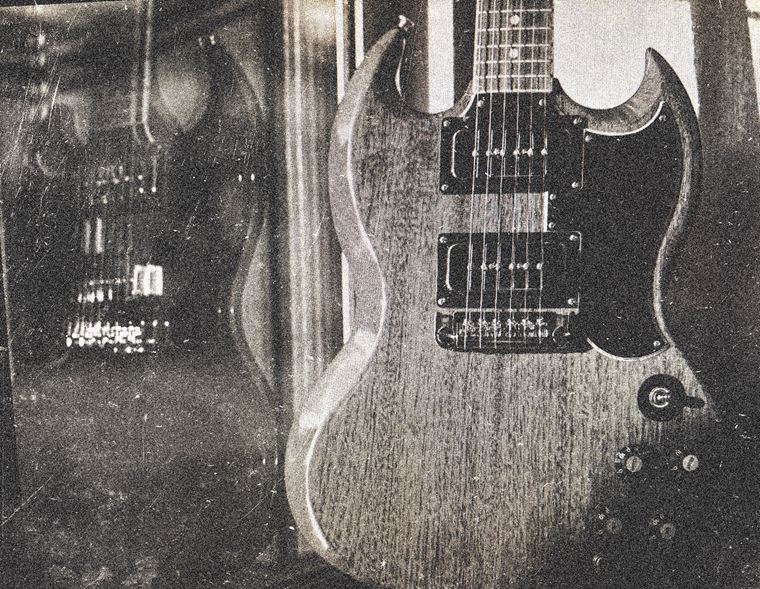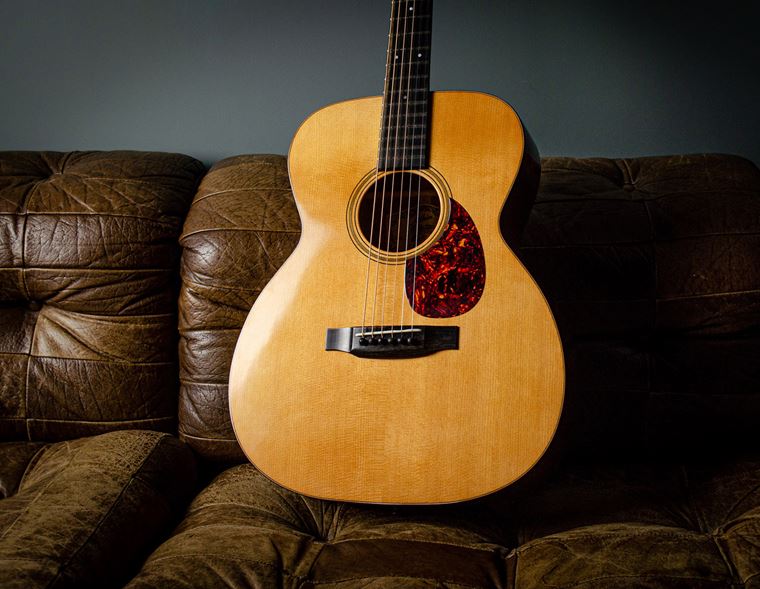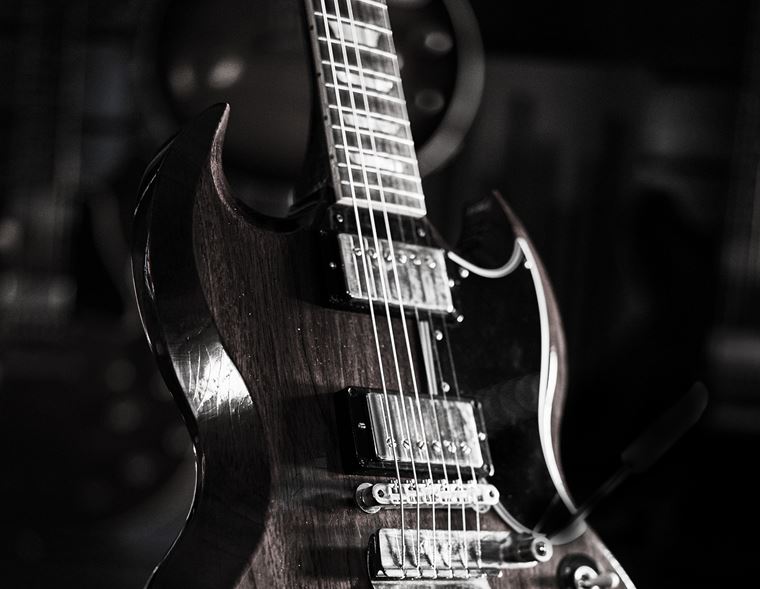Game Changing Cover Versions
The day we share this blog entry marks the anniversary of Jimi Hendrix recording his iconic cover of Bob Dylan's classic track All Along the Watchtower on January 21, 1968. A whirlwind of glorious chaos, guitar parts that sound fresh today and vocals so potent that listeners would struggle to believe it wasn't written by the man singing. While we've previously shared with you some of our top covers of all time, we couldn't help but wonder what made that one so particularly special. Perhaps it was the sheer energy captured within the song? Or the way it encompassed Hendrix' sound so perfectly?
Regardless of what made it so special, it led us on a journey to find equally significant and game-changing covers that either went on to eclipse the originals or at least became a part of their legacy. Below you'll find our top 5, starting at the only place that felt right, with Jimi.
Jimi Hendrix - All Along the Watchtower
We've already touched on just how important this track is but let's be honest, there are few cover versions which have stood the test of time quite like it. Every note played, every word sung feels like a piece of history. The way Hendrix used rudimentary effects to create tonally hypnotising licks throughout the solo sections was light years ahead of his time, making his take of the track such a stark contrast to Dylan's stripped-back original. Now, Hendrix wasn't just a little bit of a Bob Dylan fan, he was obsessed, apparently even styling his hair into his signature shaggy afro in an effort to look more like his musical hero. Could that admiration for the artist be what makes his delivery of the track so special?
Upon hearing the song he brought it to the studio almost immediately and spent hours overdubbing guitar parts, frustrating bass player Noel Redding to the point that he left the studio and Jimi to finish off the bass. Even the percussion was part of his vision. You know that big percussive hit you hear throughout the song? Jimi on a Vibrslap. In short, this was his tribute to one of his biggest inspirations and it's safe to say he did him proud. Dylan himself even states that it's "Strange how when I sing it, I always feel it's a tribute to him in some kind of way.". It seems true creativity doesn't necessarily mean writing a song but making it your own.
Joe Cocker - With A Little Help From My Friends
Where to go next from Hendrix? Well, we're staying in the same ballpark and to be honest, that's a bit of a theme for this blog. Let's face it, there aren't many eras of music which can boast quite the same levels of fearless creativity as the late '60s and early '70s. The next cover we'd like to take a look at is the utterly epic With a Little Help From My Friends by Joe Cocker. Much like Hendrix's take on Bob Dylan, covering the Beatles was a pretty bold undertaking and even more so on your debut album. However, Joe's cover has gone down in history, transforming what was once a quirky and fairly simple song of Ringo's to a musical masterpiece, thick with gorgeous instrumental parts and totally reflective of the psychedelic music and cultural influences around him.
Joe's voice is, of course, the main attraction here, roaring his way through the track as if it's the last he'd ever sing but his band are every bit as impressive, totally transforming the timing of the song and building a crescendo that's on a whole other planet to the music they based it on. Joining the Woodstock lineup along with Jimi in '69, Joe's performance of the track is widely regarded as one of the best live covers of all time and we'd have to agree. The audience hangs on every word as Joe's voice ranges from soft and sullen to an animalistic growl of victory. Pure rock energy at its very finest.
Janis Joplin - Me and Bobby Mcgee
This is becoming a bit of a recap of the Woodstock '69 lineup isn't it? Well, take from that what you will! Next up we're turning to another of the most iconic voices in musical history, the one and only Janis Joplin. Janis was such a unique talent whose voice was so powerful it could turn almost any track into a masterpiece. Much like Joe Cocker, its raw, gritty magic could take a straightforward track and inject more emotion into it than even the writer could. There are a few examples we could look at from Janis but why not go for the most well known; Me and Bobby Mcgee, originally written by Kris Kristofferson.
Unbelievably, this track was Joplin's only number 1 but sadly, as it was recorded only days before she died, she was never able to see the impact that it had. Kristofferson actually didn't even know she'd been working on it and first heard the track the day after her death. The cover has gone on to become one of her most famous and iconic tracks, taking the original to a totally different place and building up to a powerful anthem that sounds like it came from her own heart. When your voice sounds this good, it's only fair you cover a few classics, the people deserve to hear em!
Babe, I’m Gonna Leave You
Led Zepellin are often criticised for how much they, ehm... 'borrowed' from other peoples music. Now, for us that doesn't take away from how much of a monstrous rock powerhouse the band were. There aren't many groups who can convincingly claim each member is a truly genius musician and that's what sets Zep apart, whether they played a bit fast and loose with their influences or not! That said, we're not here to debate their writing process, instead, we're looking at a song that many don't even realise is a cover, the unforgettable Babe, I'm Gonna Leave You. This track, originally written by Anne Bredon in the '50s became something of a folk standard which was later covered by Joan Baez along with a variety of other musicians in the early '60s.
Guitarist Jimmy Page had spent a lot of time as a session musician before the band formed and the track became one that he developed over the course of several years, mapping out different sections which worked with the music before introducing it to Plant. Plant's vocals along with the instrumental parts contributed by the band were the final pieces of the puzzle, doubling the length of the track and turning it into a blistering, bluesy ballad that stands among their most unforgettable songs.
It wouldn't be Zep if there weren't some cheeky discrepancies over royalties though would it? In the '80s the original writer found out about their release and the band were forced to pay a fairly large back payment. Oh, you guys...
Marilyn Manson - Sweet Dreams (Are Made of This)
Right, we've established that the late 60s and early 70s may well be the golden era for game-changing cover versions but in fairness, that was a pretty important and progressive time for ALL music. So, it wouldn't be fair to leave out some of the more modern classics. This band is pretty far removed from the peace and love of Woodstock but that doesn't change the fact that their eery cover of Eurythmics classic Sweet Dreams Are Made of This is one of the most haunting and powerful of all time. Marilyn Manson... Where to even start? His appearance and antics often steal the show but his voice and imagination often don't get the respect they deserve.
Released as part of their first EP to follow the band's debut album Portrait of an American Family, the track is the best possible introduction to their music, framing it against a polished pop song that nearly everyone on the planet is familiar with. Replacing upbeat synths with long drawn out guitars, nasty sounding wahs and Mansons sneering vocals, this version brings a darkness to the song that stays with you and almost stops you from hearing it the same way again. Building up from a sullen whisper to a distorted shriek, the vocals are performed perfectly and you can hear producer Trent Reznor's influence in bringing out the band's twisted nature throughout. Add in one of the creepiest videos ever filmed and you have something which while unsettling, is truly magnificent.
Covers are a fantastic tool for exposing your music to new audiences and creatively expressing your appreciation for the writer but Manson's almost feels more like a challenge to the senses, or a 'how about this?' type of contrast to what radio stations were used to playing at the time. In other words, everything the band does best.
Final Thoughts
What we noticed when picking out tracks to focus on is that it's not necessarily how well you play the song but instead, how creative you can be with it while keeping within the realms of familiarity. Each of the artists we've mentioned above didn't stick to the exact format of what was laid down in front of them and instead made the music their own by morphing the blueprint into something totally different. Much like Hendrix interpretation of All Along the Watchtower, a good cover should build upon what's there, rather than simply replicate it. What was once a very well written but fairly straight forward folk ballad, became a showcase of Hendrix musical ability, just as Manson's was an introduction to the nightmarish image that the band represented.
This is worth considering every time you cover a piece of music - instead of fixating on 'how can I play this as well as possible?', instead try to think of, 'how can I make this my own?', or indeed, 'what can I add here?'. Music is all about interpretation, go forth and reinvent some classics! Don't forget to let us hear them either, as always we love hearing what you're working on so give us a shout on social media if you have anything new in the works. Until then, happy listening!











